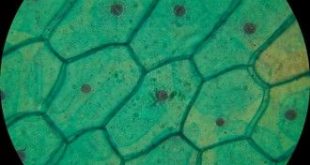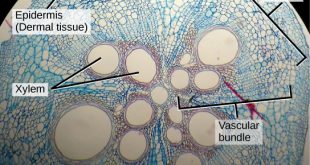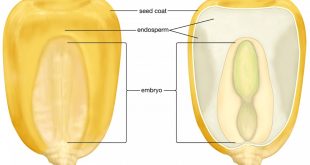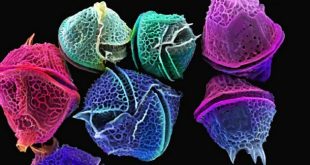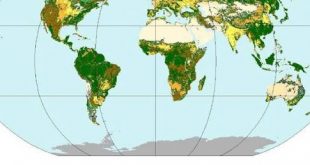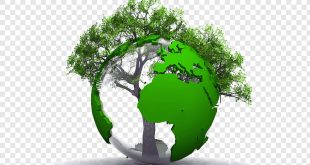Properties of water Most of the unique properties of water are ascribed to the H bond formed between polar water molecules. The two H atoms are angled at 105° in a water molecule (?). 1. Surface tension Surface tension results due to forces of attraction existing between the molecules …
Read More »Cell Types & Tissue System: Simple Tissue
Plant anatomy Study of gross internal structures of plant organs by the method of section cutting is called plant anatomy. Tissue Vegetative Reproductive Complex Tissue is formed by a group of cells having Same origin Same structure Same function Gross classification of tissue Permanent tissue Meristematic tissue Secretory tissue (concerned …
Read More »Cell Types & Tissue System: Complex Tissue
The complex tissue consists of more than one type of cells which work together as a unit. Complex tissues help in the transportation of organic material, water, and minerals up and down the plants. That is why it is also known as conducting and vascular tissue. Collenchyma always absent. Composed of more than one types of cells. Types …
Read More »Endosperm & It’s Types in Angiosperms
The endosperm is important because it is the main source of food for the embryo. In gymnosperms it is haploid and forms a continuation of the female gametophyte. In angiosperms, on the other hand, it is a new structure formed in most cases as the result of a fusion of …
Read More »Pyrrophyta: The Fire Algae (Dinoflagellate)
Pyrrophyta or fire algae is a division of unicellular algae that has a yellow brown color, and has two different flagella which are ribbon-shaped. It contains some pigments (chlorophyll-a, chlorophyll-b, c1, c2 and fucoxanthin) that can photosynthesize. Early botanists classified dinoflagellates as a separate division of algae, which they named …
Read More »Classification Of Land
Classification of Global climate The earth can be divided into the following broad climatic zones: Polar and subpolar zone Temperate zone Subtropical zone Tropical zone According to Koppen-Geiger classification, global climate can be divided into the following 6 types: Type A: Equatorial Type B: Arid Type C: Temperate Type D: Cold …
Read More »Phytogeography: Causes And Regions Of The World
Definition Phytogeography is the study of distribution of plant species and elucidation of origin of flora. The relative position of the 6 continental land masses and large number of islands play an important role in the distribution of various types of plants over the surface of the earth. Factors …
Read More »Water Budget
Components of Water Budget The water budget of a unit area of the earth’s surface is formed from the components: P = precipitation E = Evaporation D = Discharge, Runoff R = Reserve, storage and U = Use, consumption The conservation law for water satisfies the water balance. P = …
Read More »Geosphere And Biosphere
Geosphere The area near the surface of the earth can be divided into four inter-connected “geo-spheres” – lithosphere, hydrosphere, biosphere and atmosphere. The names of the four spheres are derived from the Greek words for stone (litho), air (atmo), water (hydro), and life (bio). Lithosphere The lithosphere is the …
Read More »Random Sampling
Sampling Measuring a small portion of something and then making a general statement about the whole thing is known as sampling. Sampling is a process of selecting a number of units for a study in such a way that the units represent the larger group from which they are selected. …
Read More » Plantlet The Blogging Platform of Department of Botany, University of Dhaka
Plantlet The Blogging Platform of Department of Botany, University of Dhaka

